SpaceX Satellites Threaten to Hide Asteroids That Pose Danger to Humanity
Satellite constellations such as those utilized by Elon Musk’s internet provider, Starlink, could pose a serious threat to humanity, according to a new report, as they make it challenging for researchers to spot incoming asteroids.
The International Astronomical Union has issued a grave plea to world governing bodies, emphasizing the need to address the uncontrolled distribution of such devices in our atmosphere. They have underscored the potentially severe consequences of inaction.
Elon Musk Founds Starlink
Elon Musk, the founder of Tesla and SpaceX, dreamed of supplying even the world’s most remote regions with semi-affordable high-speed internet, which ultimately resulted in the creation of Starlink.
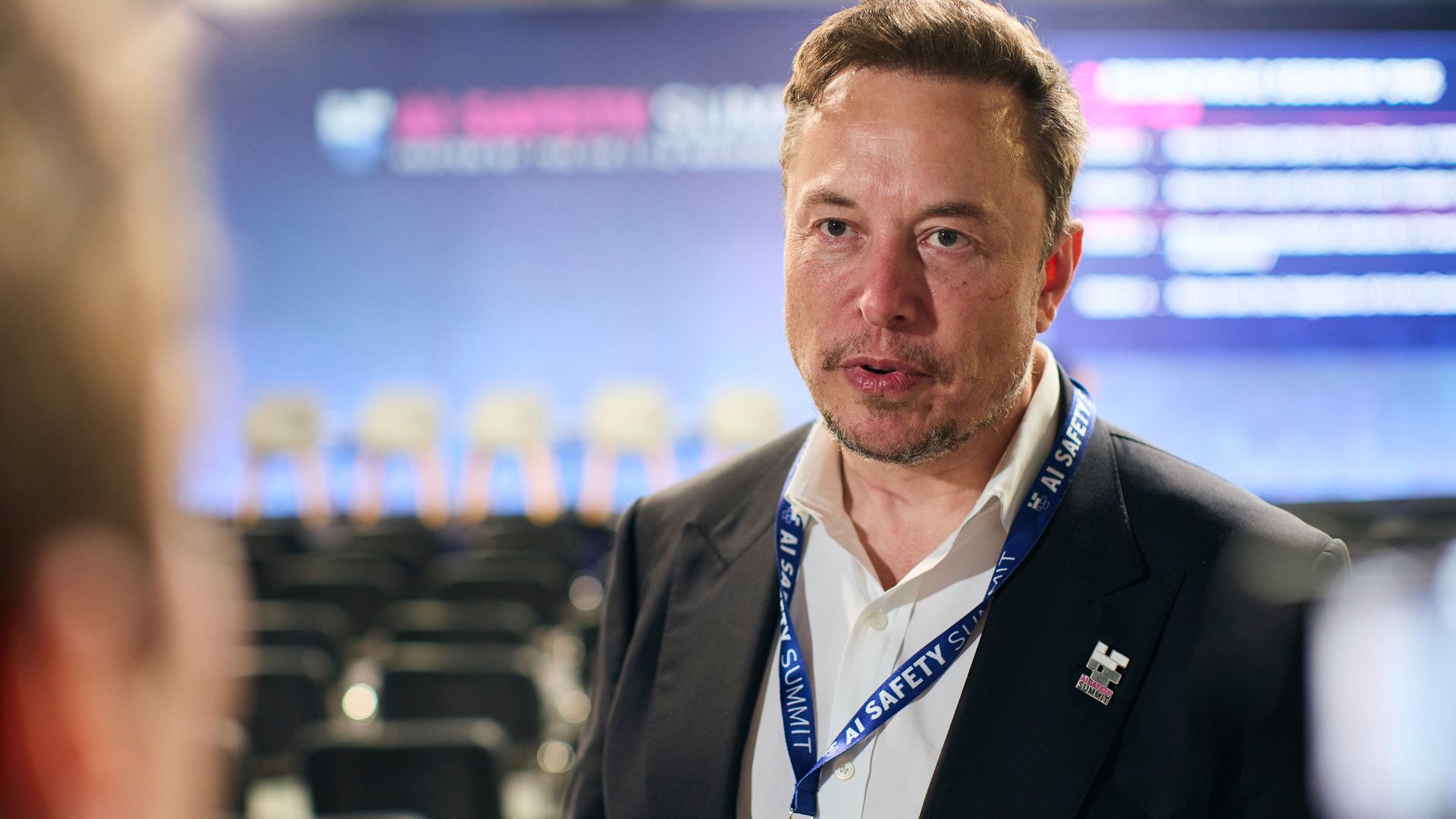
Source: UK Government/Wikimedia Commons
The provider uses an army of over 6,000 satellites. While this has been able to offer internet to those in regions without high-speed options, it hasn’t sat well with the world’s astronomical community, especially those looking out for potentially dangerous asteroids.
Scientists Miss Asteroid Heading for Germany
On January 21, NASA issued a warning confirming an asteroid was heading directly for the German capital of Berlin around an hour and a half before it entered Earth’s atmosphere.
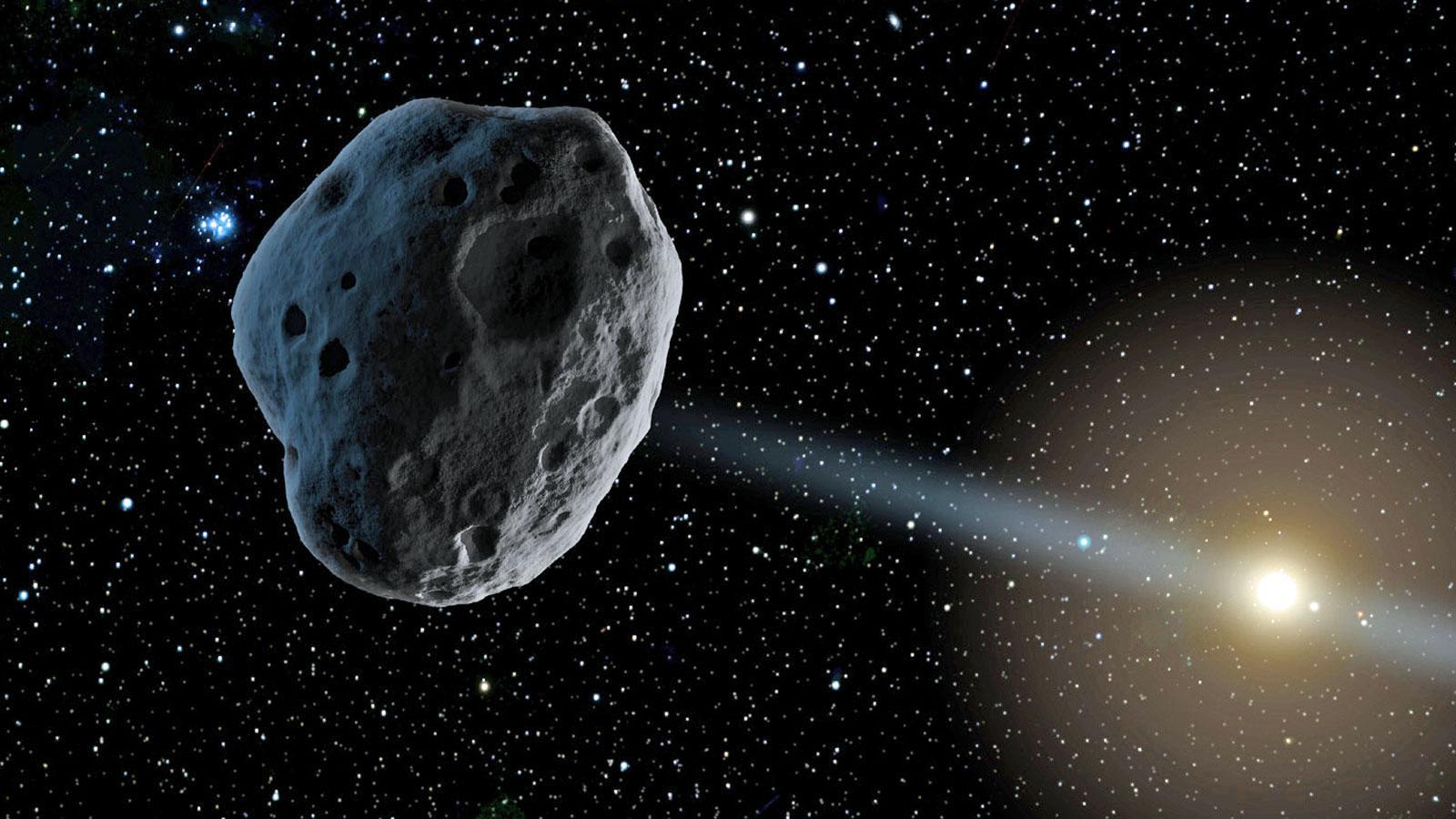
Source: Wikimedia
While people delightfully gathered on the streets of the German capital for the show, astronomers weren’t as happy. Three hours before impact, asteroid 2024 BX1 was unknown to researchers.
Hungarian Researcher Spots Asteroid
Hungarian astronomer Krisztián Sárneczky was the man who came across the discovery as it flew towards Earth. Immediately upon spotting the asteroid, he sent a warning to the Minor Planet Center.
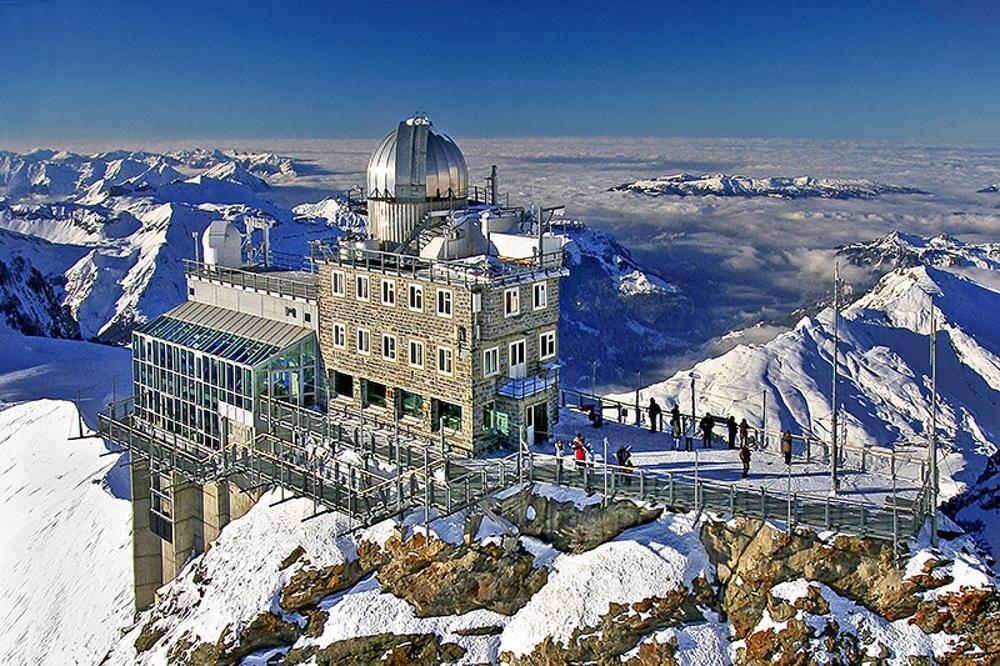
Source: Wikimedia
Shortly after Sárneczky informed officials, NASA’s Scout system revealed the possibility of the asteroid hitting Earth was 100%. However, shortly after, it was deemed harmless. While it was a win in the end, many astronomers were left worried due to their inability to spot the asteroid until hours before impact.
Astronomers Are Concerned
One reason astronomers believe they weren’t able to detect asteroid 2024 BX1 until the last minutes is the extensive number of satellites in Earth’s atmosphere, a problem they want better regulated.

Source: Freepik
This would go against Musk’s plans, who has stated he plans to add tens of thousands of satellites in the coming years to ensure Starlink is available in every corner of the world.
The International Astronomical Union Releases Report
The International Astronomical Union released its first report, which focused on artificial satellite constellations such as those used by SpaceX, Amazon, and OneWeb.

Source: Wikimedia
The lengthy document, which has maliciously examined all possible data on the subject, has urged governing bodies around the world to implement stronger mandates against the uncontrolled proliferation of satellites used by the previously mentioned internet companies.
Internet Satellites Pose a Serious Danger to Earth
The report lists several reasons for their argument, the most prominent of which is that the constellation of stars hinders astronauts’ abilities to detect incoming asteroids or comets that are heading for or past Earth.

Source: Wikimedia
If any of these so-called “near-Earth objects” are large enough to cause significant damage to the planet, the IAU argues that astronomers should have all the help they need to detect them early.
A Very Worrying Trend for Earth
Speaking on the potential hazards caused by satellites, Sárneczky, who works from an observation post at the Piszkéstető Astronomical Station in Budapest, claims they have become increasingly problematic.
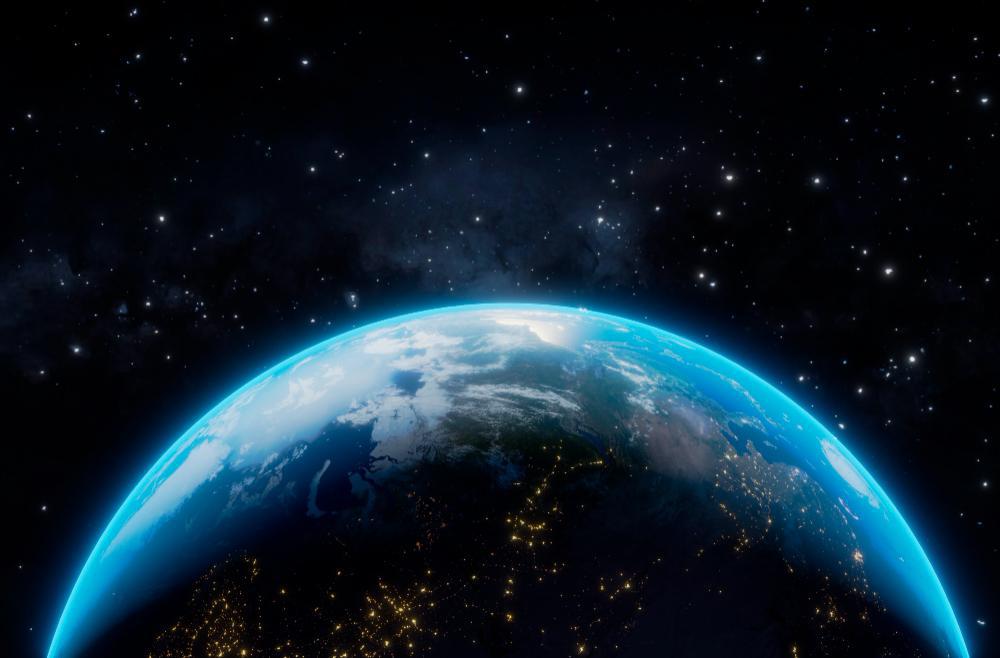
Source: Wikimedia
“The trend is very worrying. When I started my intensive NEO search with this telescope four years ago, satellites rarely crossed the field of view. But today, I don’t have a single image that doesn’t have at least one,” he said.
The Consequences of More Satellites in the Sky
Detecting an asteroid before it hits Earth is an extremely challenging task. It has only been done eight times in history, three of which came through Sárneczky’s eyes. The astronomer went on to tell El PAÍS of the potential consequences of thousands more satellites in the sky.
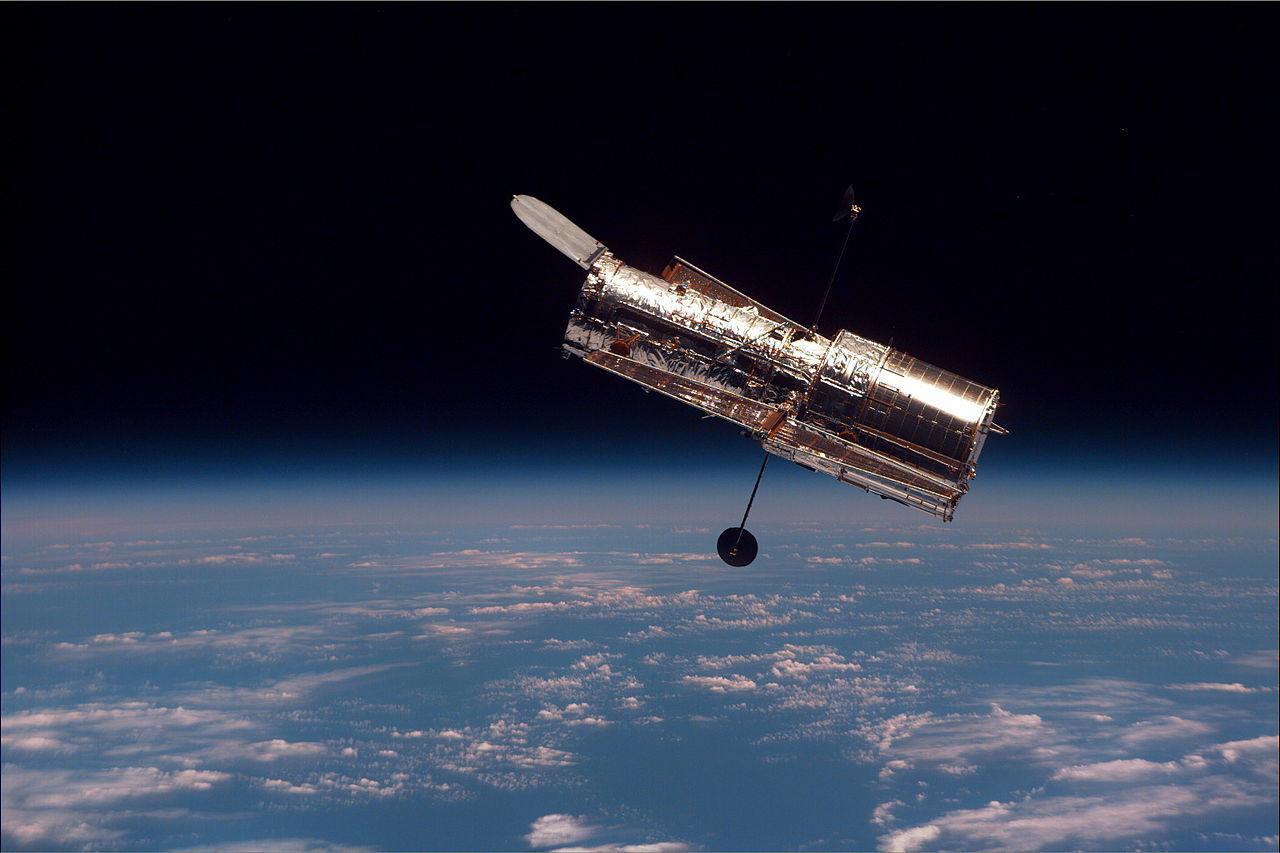
Source: Wikimedia
“If the expansion continues at this rate, we’ll soon miss an approaching celestial body because a satellite passes right in front of it in one or more of the images,” he said.
Astronomers Agree WIth Sárneczky’s Future Concerns
Numerous astronomers and researchers have openly agreed with Sárneczky’s concerns for the future, including Siegfried Eggl, a researcher at the University of Illinois., who said, “At the moment, the impact of satellites on planetary defense is negligible.”

Source: Freepik
He continued, “However, based on the recent increase in the rate of launches, as well as the current filings with the FCC (the U.S. Federal Communications Commission) for hundreds of thousands of satellites in Low Earth Orbit, that can soon change, especially if appropriate brightness-mitigation strategies aren’t widely adopted.”
NEO Hunters
Asteroid and comet hunters such as Sárneczky and Eggl specialize in twilight, which are some of the most challenging NEOs to detect.

Source: Wikimedia
As they originate in our solar system, they always appear close to the Sun, which means they can be difficult to spot at certain times of the day. During the darkest portion of the night, they hide beneath the horizon.
Satellites Shine as Bright as Asteroids
Ultimately, satellites such as those produced by Starlink pose a threat because they shine almost as brightly as the incoming comets and asteroids, making it difficult for researchers to discern which is which.

Source: Wikimedia
“In general, it’s true that astronomical observations will contain many more satellite streaks during twilight. This is the time when satellites reflect most of the sunlight back to Earth because they’re not in Earth’s shadow yet,” Eggl said.
